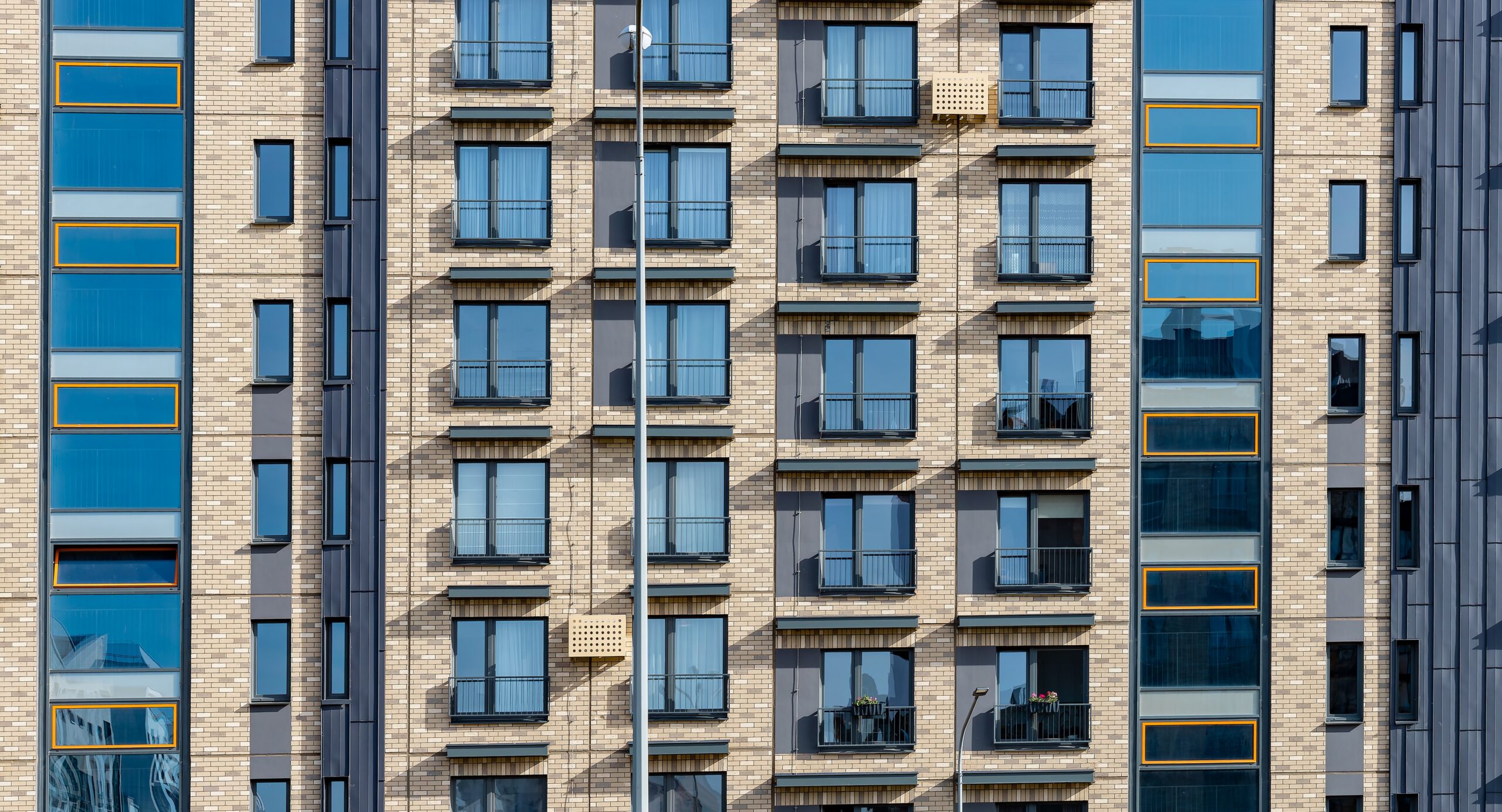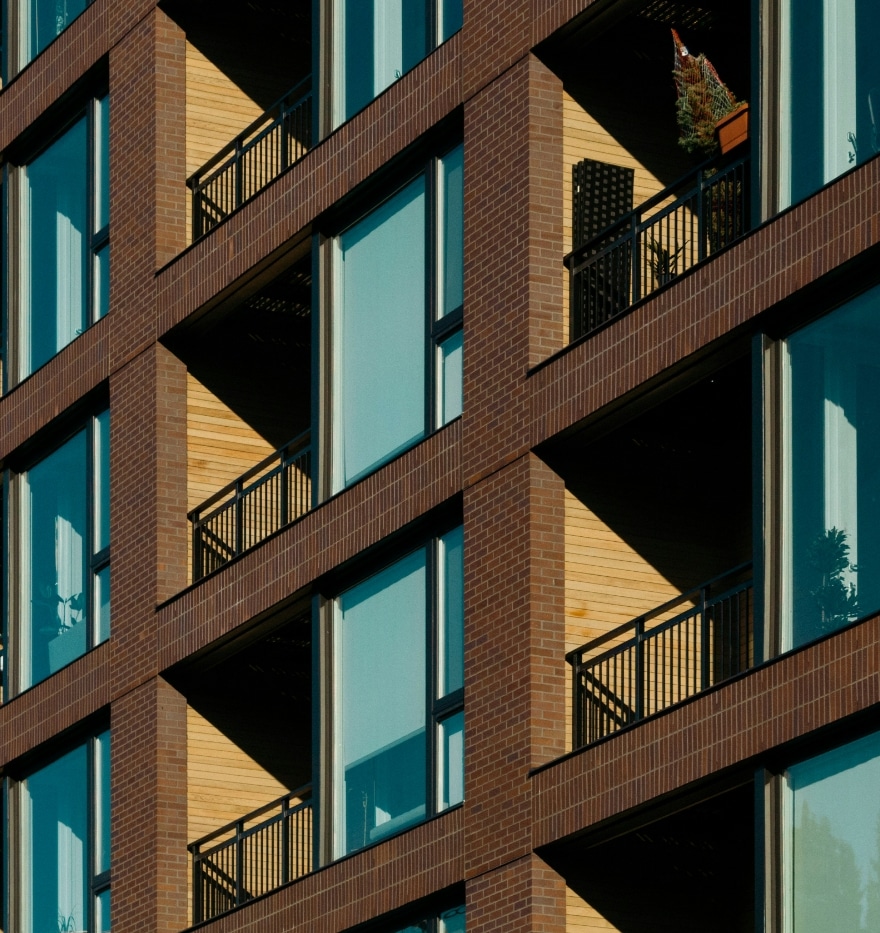Whats on this page:
Office Hours: Monday to Friday - 09:00 to 16:45

What is landlord buy-to-let insurance?
If you’re a landlord renting out a property, buy-to-let landlord insurance is a must-have. It’s there not only to protect your property but your income too.
Because renting out property comes with its own set of risks that regular homeowners don’t face, buy-to-let insurance has been designed just for landlords.
Think of it as a safety net that helps to cover you if/when unexpected things happen, so you don’t end up with any financial losses.
Whether you’ve got one place or have a portfolio of properties, having the right buy-to-let insurance gives you peace of mind.
What does buy-to-let landlord insurance cover?
Each policy varies, but buy-to-let insurance can cover the following areas:
Buildings: Buy-to-let insurance can protect landlords financially against structural damage, such as damage to walls, roofs, and foundations, as well as to permanent fixtures like fitted kitchens and bathrooms. Buy-to-let insurance also covers rebuild expenses in the event of fire, flood, vandalism, storm damage, or subsidence, including the costs of demolition and new construction to help recover your investment.
Contents: If you rent out a furnished or partly furnished property, this insurance covers your belongings and furnishings, such as carpets and appliances. You might also want to consider adding accidental damage cover to your policy in order to protect you against unintentional damage caused by tenants.
Property owners’ liability: Landlords have safety and maintenance responsibilities, and failing to meet them can result in costly lawsuits. This insurance can protect you against financial losses arising from injuries or fatalities involving tenants or visitors on your property for which you are legally liable, providing both financial protection and peace of mind.
Loss of rent: Buy-to-let insurance allows you to claim for uninhabitable property damage due to events like fire or flooding. Rent guarantee protection is also available, which will cover rental income loss if a tenant remains in the property but fails to pay.
Legal fees: Buy-to-let landlord insurance includes legal expenses coverage, protecting landlords from the financial burden of tenant disputes and legal actions, such as eviction or liability claims. This helps avoid significant financial strain.
It is important to note that buy-to-let insurance includes some of the above coverages, while others are available as optional extras for an additional premium. Therefore, it is recommended that you compare quotes so you find a policy that is suited to your specific requirements.

What doesn’t buy-to-let landlord insurance cover?
While buy-to-let landlord insurance offers significant protection, it’s important to understand its limitations so you know what is and isn’t included in your specific policy. Buy-to-let insurance policies generally do not include coverage for the following:
- Everyday wear & tear
- Tenant’s personal belongings
- Damage caused by poor installation or workmanship
- Damage caused by animals
How much does buy-to-let landlord insurance cost?
The average buy-to-let landlord insurance policy cost £233.90 in 2025, but costs can vary significantly based on:
- The property
- Location
- Desired coverage level
- Rebuild value
- Tenant type
- Security measures
Frequently Asked Questions - Landlord Buy-to-Let Insurance
No, buy-to-let property insurance is not legally required for landlords, however, it is highly recommended to protect your investment. Mortgage lenders often require buildings insurance as a condition of the loan.
Yes, buy-to-let landlord insurance can cover loss of rent, however it’s important to check the policy details, as the terms and conditions can vary between insurers and this type of cover is not always provided as standard.
The main difference between home insurance and buy-to-let insurance is that home insurance is designed for owner-occupied properties, where the homeowner lives in the property, whereas buy-to-let insurance is specifically tailored for properties that are rented out to tenants.
To get an accurate buy-to-let insurance quote, you will need to provide precise information about the property to receive a quote that accurately reflects your insurance needs.
Some of the details that you will need to supply will include address, property type, tenant type and the property’s rebuild value. In addition to this, you will need to specify the level of coverage you need, including any optional extras like rent guarantee or legal expenses cover.
To make a claim on your buy-to-let landlord insurance policy, you should notify your insurer as soon as possible after the incident, providing as much evidence and information as you can, including photos and videos where available.
The full details on how to claim on your buy-to-let landlord insurance policy will be outlined in your policy documents.
Our Landlord Insurance Products

Buy-to-Let Landlord Insurance
Buy-to-let landlord insurance is designed to offer protection for your rental property that goes beyond basic home insurance.
HMO Insurance
HMO landlord insurance has been designed to protect landlords who rent out properties to multiple tenants under a HMO arrangement.
Commercial Landlord insurance
Commercial landlord insurance is a type of cover that protects a property owner who rents out their premises to a business.
DSS Landlord Insurance
If you own a property and rent it to a tenant who receives benefits, such as Universal Credit or Housing Benefit, the policy you need is often known as a DSS landlord insurance.
Landlord Portfolio Insurance
Landlord Portfolio insurance is a single insurance policy providing specialist cover for multiple buy-to-let properties.
Student Landlord Insurance
Renting a property to students requires a specific type of insurance. It is a specialist policy designed to cover the unique risks associated with letting properties to students, due to the associated higher risks such as accidental or malicious damage along with the potential for a higher tenant turnover.
Holiday Home Insurance
If you own a second property that you use for leisure or rent out to holidaymakers, it is important to have specialist holiday home insurance.